Home>Furniture & Design>Interior Design Trends>How To Remove Melted Plastic From Glass Cooktop
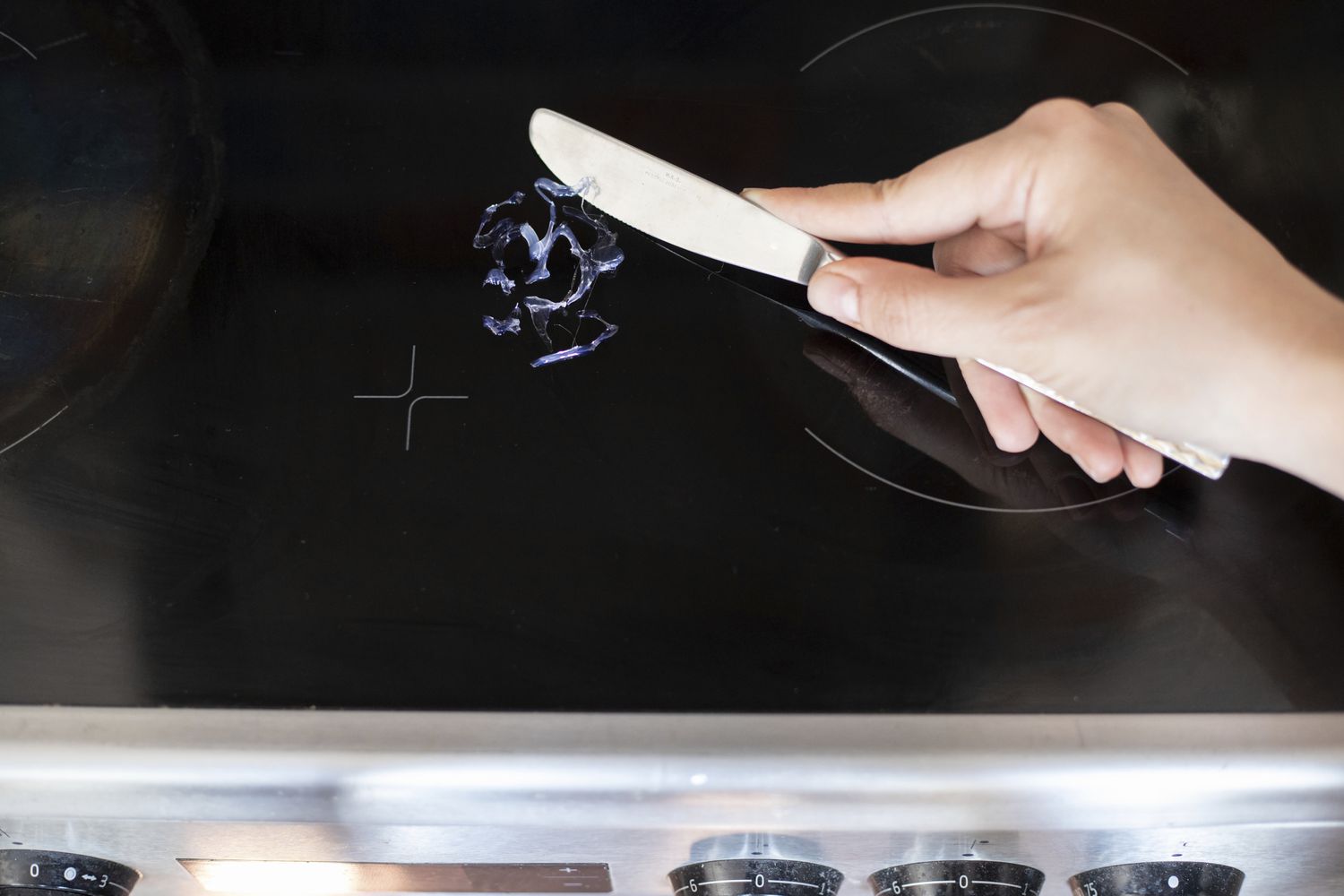

Interior Design Trends
How To Remove Melted Plastic From Glass Cooktop
Modified: February 28, 2024
Learn how to effectively remove melted plastic from a glass cooktop with our expert interior design trends guide. Keep your kitchen looking pristine with our helpful tips.
(Many of the links in this article redirect to a specific reviewed product. Your purchase of these products through affiliate links helps to generate commission for Storables.com, at no extra cost. Learn more)
Introduction
Dealing with melted plastic on a glass cooktop can be a frustrating and daunting task. Whether it's a plastic spatula that accidentally melted while cooking or a plastic bag that found its way onto the hot surface, the resulting mess can seem like a nightmare to clean up. However, with the right approach and materials, it is possible to effectively remove the melted plastic without damaging the cooktop.
The key to successfully tackling this issue lies in a combination of patience, the right tools, and a methodical approach. By following the steps outlined in this guide, you can restore your glass cooktop to its pristine condition and regain peace of mind in your kitchen.
In the following sections, we will discuss the materials needed for this task, as well as the step-by-step process to safely and effectively remove melted plastic from a glass cooktop. With a clear understanding of the necessary supplies and a systematic approach to the cleaning process, you can confidently address this common kitchen mishap and restore your cooktop to its former glory.
Key Takeaways:
- Patience and the right tools are key to removing melted plastic from a glass cooktop. Cool the surface, gently scrape off the plastic, and use isopropyl alcohol and vinegar for a spotless finish.
- Prioritize safety and meticulous cleaning to restore a glass cooktop after melted plastic mishaps. With the right materials and a systematic approach, achieve a flawlessly clean and restored surface.
Materials Needed
When it comes to removing melted plastic from a glass cooktop, having the right materials at your disposal is crucial for achieving a successful outcome. Here's a comprehensive list of the essential items you'll need to effectively tackle this cleaning task:
-
Safety Gloves: Before you begin the cleaning process, it's important to prioritize safety. Invest in a pair of durable and heat-resistant gloves to protect your hands from any potential burns or injuries during the removal process.
-
Plastic Scraper: A plastic scraper or putty knife is an indispensable tool for gently lifting and removing the melted plastic from the glass surface. Ensure that the scraper is made of plastic to prevent scratching or damaging the cooktop.
-
Isopropyl Alcohol: Isopropyl alcohol, also known as rubbing alcohol, is highly effective for dissolving and removing stubborn residues. It serves as a powerful solvent for breaking down the melted plastic, making it easier to remove without causing damage to the glass surface.
-
Microfiber Cloth: Opt for a soft microfiber cloth to wipe and clean the glass cooktop. Microfiber cloths are gentle on the surface and help to prevent scratching while effectively removing any remaining residue and cleaning solutions.
-
Cooktop Cleaner: Choose a specialized cooktop cleaner that is suitable for glass surfaces. Look for a non-abrasive cleaner specifically designed for glass cooktops to ensure that it effectively removes any remaining traces of melted plastic without causing scratches or damage.
-
Vinegar: White vinegar is a versatile and natural cleaning agent that can be used to tackle various kitchen cleaning tasks. It can help to loosen and dissolve the melted plastic, making it easier to remove from the glass surface.
-
Baking Soda: Baking soda is known for its gentle abrasive properties, making it an excellent natural cleaner for tackling tough stains and residues. It can be used in combination with other cleaning agents to create a gentle yet effective cleaning solution for the glass cooktop.
-
Warm, Soapy Water: Prepare a solution of warm water and mild dish soap to pre-clean the glass cooktop before applying any specialized cleaners. This initial cleaning step helps to remove any loose debris and prepares the surface for targeted cleaning.
By ensuring that you have these essential materials on hand, you can approach the task of removing melted plastic from a glass cooktop with confidence and efficiency. With the right tools and cleaning agents at your disposal, you'll be well-equipped to restore your cooktop to its pristine condition without causing any damage in the process.
Step 1: Cooling the Cooktop
Before embarking on the process of removing melted plastic from a glass cooktop, it is crucial to ensure that the surface has cooled down completely. This initial step is essential for several reasons, as it sets the stage for a safe and effective cleaning process.
When plastic melts onto a hot glass cooktop, it can adhere to the surface and harden, making it more challenging to remove. Attempting to clean the cooktop while it is still hot or warm can increase the risk of inadvertently spreading the melted plastic or causing it to further bond with the glass, complicating the cleaning process.
To cool the cooktop effectively, follow these steps:
-
Turn Off the Heat Source: If the cooktop was in use when the plastic melted, ensure that the heat source is turned off immediately. This prevents any additional melting or spreading of the plastic, allowing the surface to start cooling down.
-
Allow Sufficient Cooling Time: Depending on the extent of the heat and the type of glass cooktop, it is advisable to allow the surface to cool for at least 30 minutes to an hour. This duration allows the glass to gradually return to a safe temperature for cleaning without the risk of thermal shock.
-
Test the Surface Temperature: Before proceeding with the cleaning process, gently place the back of your hand near the cooktop surface to assess its temperature. Ensure that it feels completely cool to the touch before proceeding to the next step.
By taking the time to thoroughly cool the glass cooktop, you create a safer and more manageable environment for the subsequent cleaning steps. This approach minimizes the risk of accidental burns, ensures that the melted plastic is in a more stable state for removal, and sets the stage for a successful cleaning process.
Once the cooktop has cooled down sufficiently, you can proceed to the next step of scraping off the melted plastic, armed with the confidence that the surface is safe to handle and clean. This systematic approach lays the foundation for a successful outcome, allowing you to address the issue with precision and care.
By prioritizing safety and allowing the cooktop to cool down effectively, you set the stage for a successful cleaning process, ensuring that the glass surface is ready for the subsequent steps of removing the melted plastic and restoring its pristine condition.
Use a razor blade to carefully scrape off as much of the melted plastic as possible. Then, apply a mixture of baking soda and water to the remaining residue and gently scrub with a non-abrasive sponge. Wipe clean with a damp cloth.
Step 2: Scraping off the Plastic
With the glass cooktop adequately cooled, it's time to address the task of scraping off the melted plastic. This step requires precision and patience to effectively lift and remove the plastic without causing damage to the glass surface. The following detailed approach outlines the systematic process for safely and efficiently scraping off the melted plastic:
-
Use a Plastic Scraper: Begin by using a plastic scraper or putty knife to gently lift the edges of the melted plastic from the glass surface. Position the scraper at a shallow angle to avoid scratching the cooktop, and carefully work around the edges of the melted area. Apply gentle pressure to gradually lift the plastic, taking care not to force or pry it off abruptly.
-
Work in Sections: If the melted plastic covers a relatively large area, consider working in smaller sections to manage the removal process effectively. By focusing on smaller portions at a time, you can maintain better control and precision, minimizing the risk of inadvertently spreading the plastic or causing damage to the surrounding surface.
-
Avoid Abrasive Tools: While it may be tempting to use abrasive tools or harsh scraping materials, it's crucial to refrain from using anything that could scratch or mar the glass cooktop. Stick to using the plastic scraper and avoid metal utensils or abrasive cleaning pads, as these can cause irreversible damage to the glass surface.
-
Patience is Key: Removing melted plastic from a glass cooktop requires patience and a steady hand. Take your time to gently lift and loosen the plastic, being mindful of the delicate nature of the glass surface. Avoid rushing the process, as haste can lead to unintended damage or further adherence of the plastic to the cooktop.
-
Inspect for Residue: Once the majority of the melted plastic has been lifted, carefully inspect the area for any remaining residue. Use the plastic scraper to gently remove any stubborn remnants, taking care to avoid applying excessive force that could potentially scratch the glass.
By following this methodical approach to scraping off the melted plastic, you can effectively address the issue with precision and care. This systematic process minimizes the risk of damage to the glass cooktop while ensuring that the melted plastic is safely and thoroughly removed. With the plastic successfully lifted from the surface, you can proceed to the next step of cleaning the cooktop to restore its pristine condition.
Step 3: Cleaning the Cooktop
After successfully scraping off the melted plastic from the glass cooktop, the next crucial step involves thoroughly cleaning the surface to remove any remaining residue and restore its pristine condition. This meticulous cleaning process ensures that the cooktop regains its original luster while eliminating any traces of the melted plastic. Follow these detailed steps to effectively clean the glass cooktop:
-
Apply Isopropyl Alcohol: Begin by moistening a soft, lint-free microfiber cloth with isopropyl alcohol. Gently wipe the entire glass surface, focusing on the areas where the melted plastic was removed. The isopropyl alcohol serves as a powerful solvent, effectively dissolving any residual plastic and adhesive remnants without causing damage to the glass.
-
Utilize Vinegar Solution: For stubborn or persistent residue, create a solution of equal parts white vinegar and water. Dampen a clean microfiber cloth with the vinegar solution and carefully wipe the affected areas of the cooktop. The acidic properties of vinegar help to further break down any remaining plastic residue, facilitating its removal from the glass surface.
-
Rinse with Warm, Soapy Water: Following the use of isopropyl alcohol and vinegar, thoroughly rinse the glass cooktop with warm, soapy water. Use a fresh microfiber cloth to gently wash the entire surface, ensuring that all cleaning agents and residue are effectively removed. This step helps to prepare the cooktop for the final cleaning and polishing stages.
-
Apply Cooktop Cleaner: Choose a specialized cooktop cleaner designed for glass surfaces. Apply a small amount of the cleaner directly onto the cooktop and use a soft, non-abrasive sponge or cloth to gently polish the surface. Work in circular motions to ensure even coverage and focus on any remaining areas where the melted plastic was located.
-
Polish with Baking Soda: For an extra level of cleaning and polishing, create a paste using baking soda and water. Apply the paste to the glass cooktop and gently buff the surface using a soft cloth. The mild abrasive properties of baking soda help to lift any residual stains or marks, leaving the cooktop with a renewed shine.
-
Final Wipe Down: Once the cooktop has been treated with the specialized cleaner and baking soda paste, use a clean, dry microfiber cloth to give the entire surface a final wipe down. This step ensures that any remaining cleaning agents or residue are completely removed, leaving the glass cooktop sparkling and free from any traces of the melted plastic.
By meticulously following these cleaning steps, you can effectively restore the glass cooktop to its original pristine condition, free from any remnants of the melted plastic. This systematic approach ensures that the cooktop not only looks immaculate but also maintains its durability and longevity. With the cleaning process completed, you can enjoy the reassurance of a spotless and unblemished glass cooktop in your kitchen.
Conclusion
In conclusion, successfully removing melted plastic from a glass cooktop is a task that demands patience, precision, and the right tools. By following the systematic approach outlined in this guide, you can effectively address this common kitchen mishap and restore your cooktop to its pristine condition.
The process begins with the crucial step of cooling the cooktop, ensuring that the surface has completely cooled down before attempting to remove the melted plastic. This not only minimizes the risk of accidental burns but also sets the stage for a safer and more manageable cleaning process.
Next, the meticulous task of scraping off the melted plastic requires a gentle and methodical approach. Using a plastic scraper and working in sections, you can effectively lift and remove the plastic without causing damage to the glass surface. This step emphasizes the importance of patience and precision, ensuring that the cooktop remains unscathed throughout the removal process.
Once the melted plastic has been successfully lifted, the thorough cleaning process comes into play. Utilizing isopropyl alcohol, vinegar solution, warm, soapy water, specialized cooktop cleaner, and baking soda, you can effectively eliminate any remaining residue and restore the glass cooktop to its original luster. This comprehensive cleaning approach ensures that the cooktop not only looks immaculate but also maintains its durability and longevity.
By prioritizing safety, precision, and meticulous cleaning, you can confidently address the issue of melted plastic on a glass cooktop and achieve a successful outcome. With the right materials and a systematic approach, you can navigate this cleaning task with ease, restoring your cooktop to its former glory and maintaining a pristine kitchen environment.
In essence, tackling the challenge of removing melted plastic from a glass cooktop is a testament to the power of patience, the effectiveness of the right tools, and the transformative impact of a meticulous cleaning process. With these elements in place, you can overcome this common kitchen dilemma and enjoy the satisfaction of a flawlessly clean and restored glass cooktop.
Frequently Asked Questions about How To Remove Melted Plastic From Glass Cooktop
Was this page helpful?
At Storables.com, we guarantee accurate and reliable information. Our content, validated by Expert Board Contributors, is crafted following stringent Editorial Policies. We're committed to providing you with well-researched, expert-backed insights for all your informational needs.
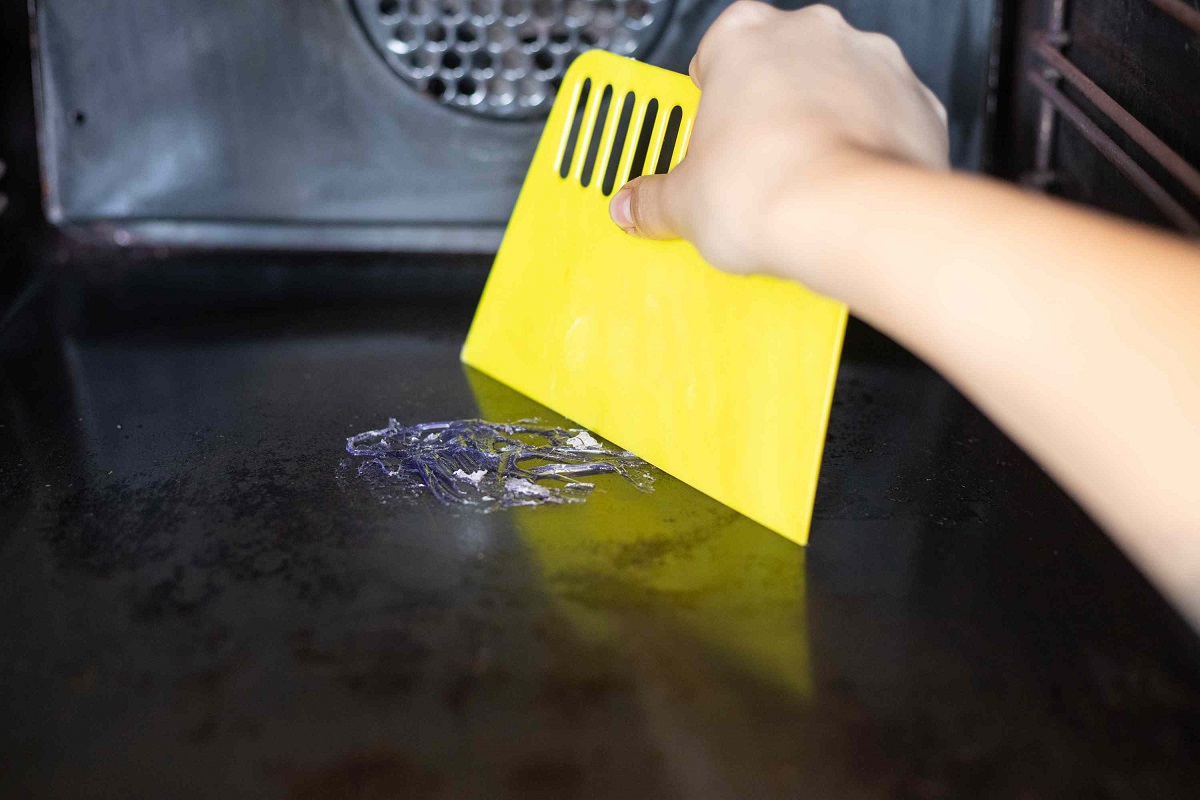
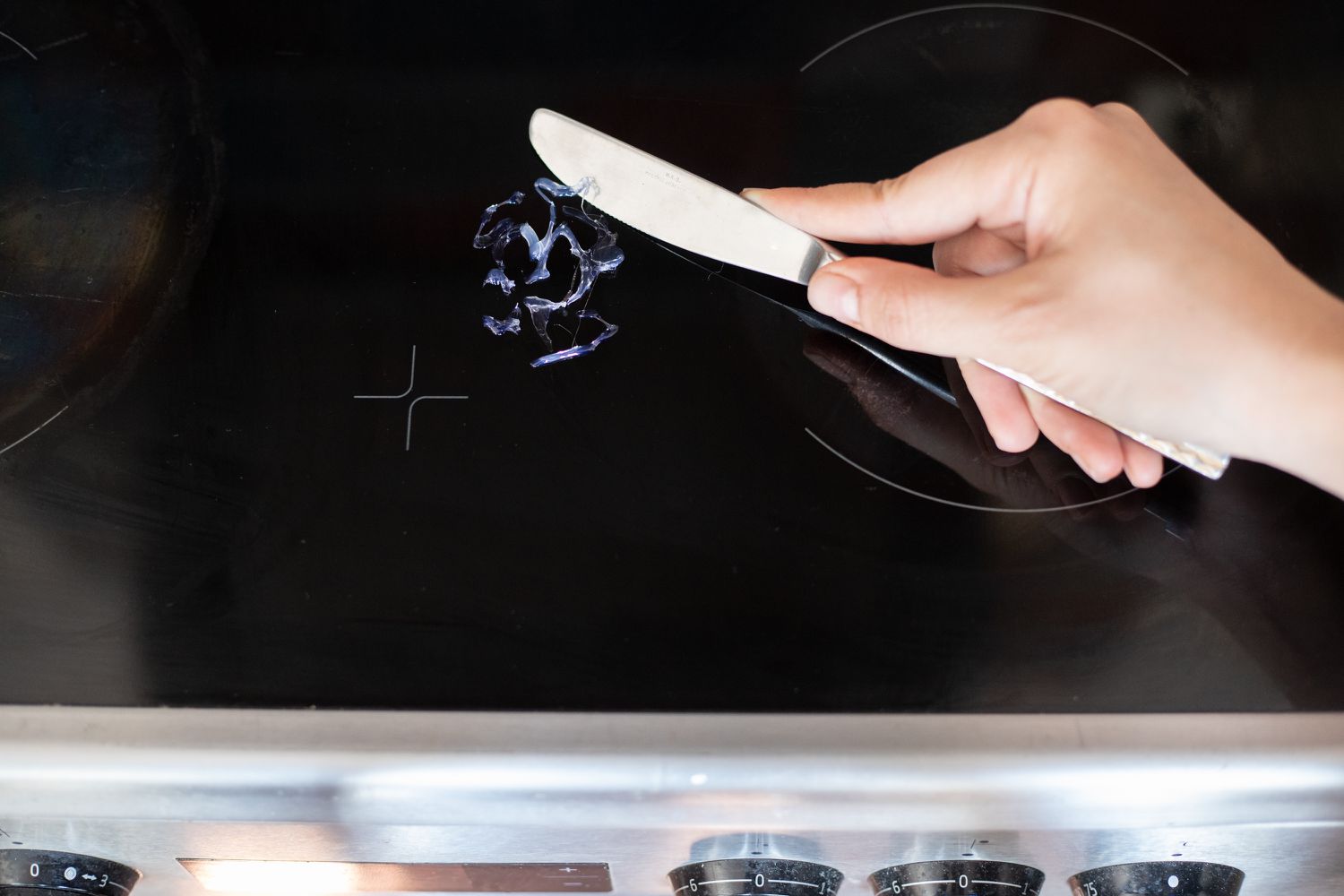
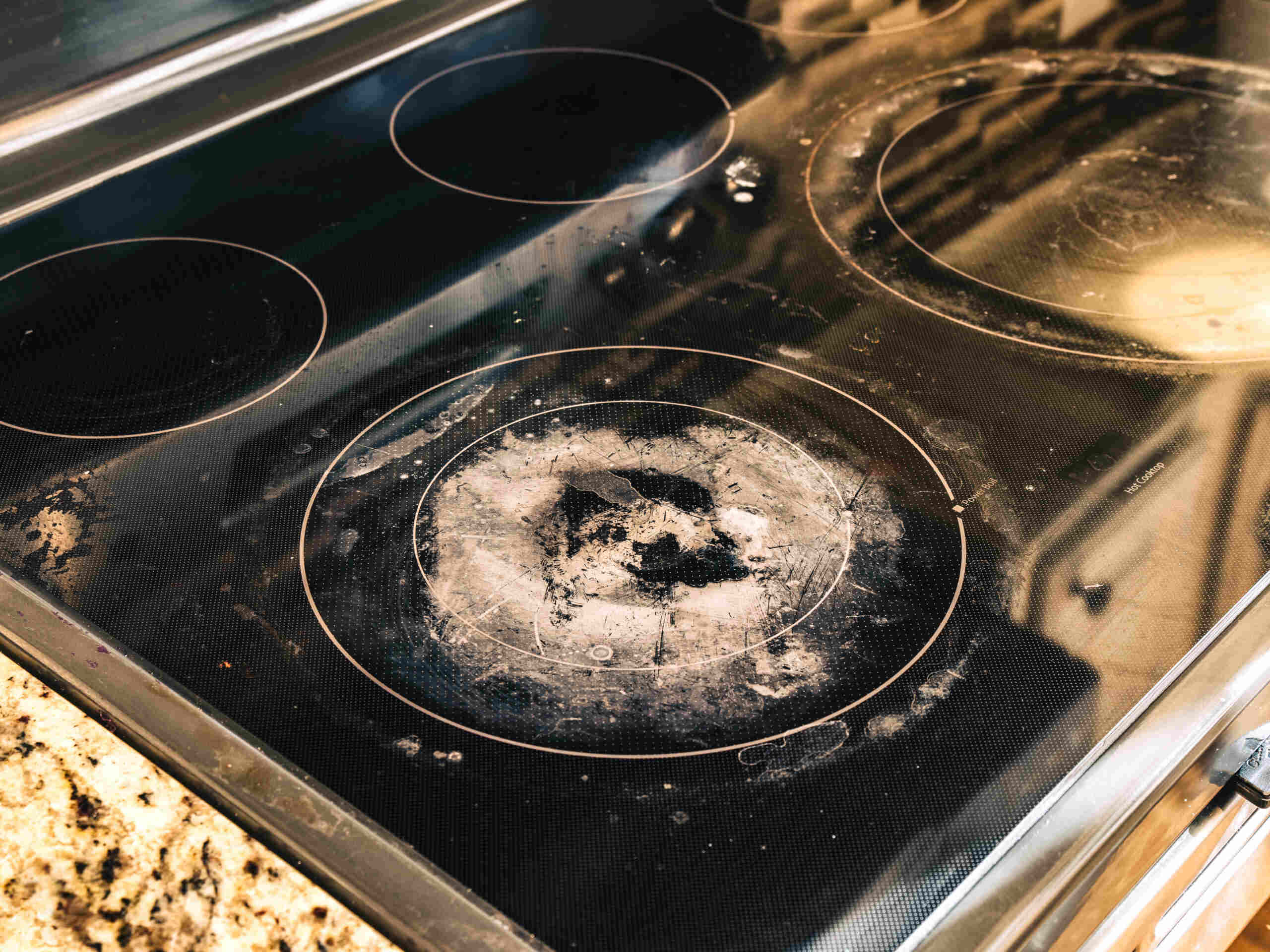
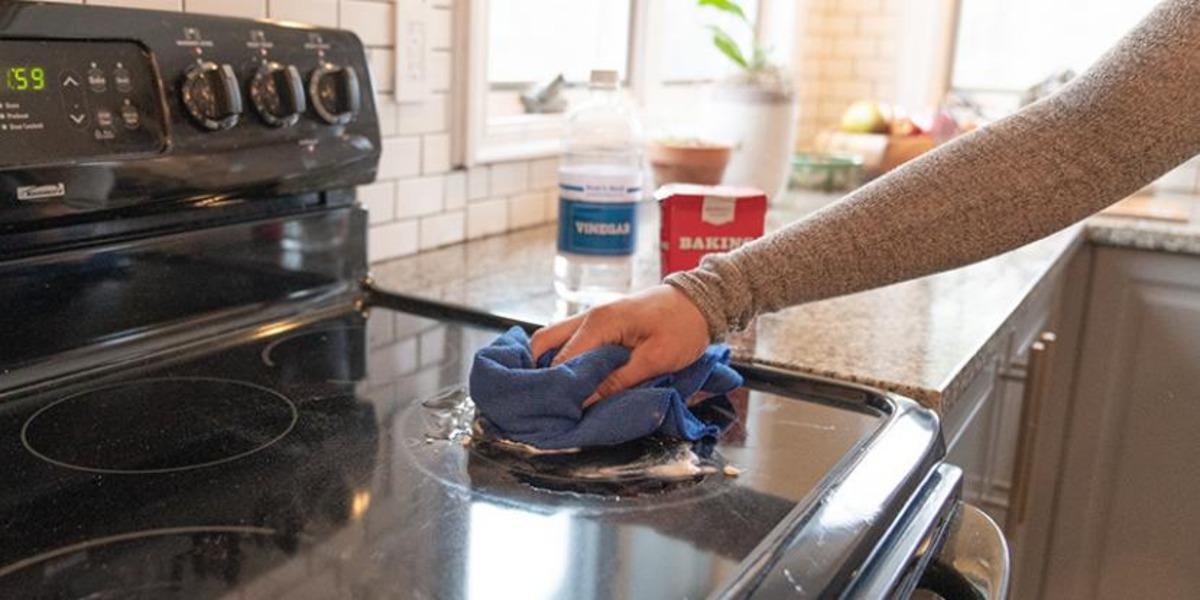
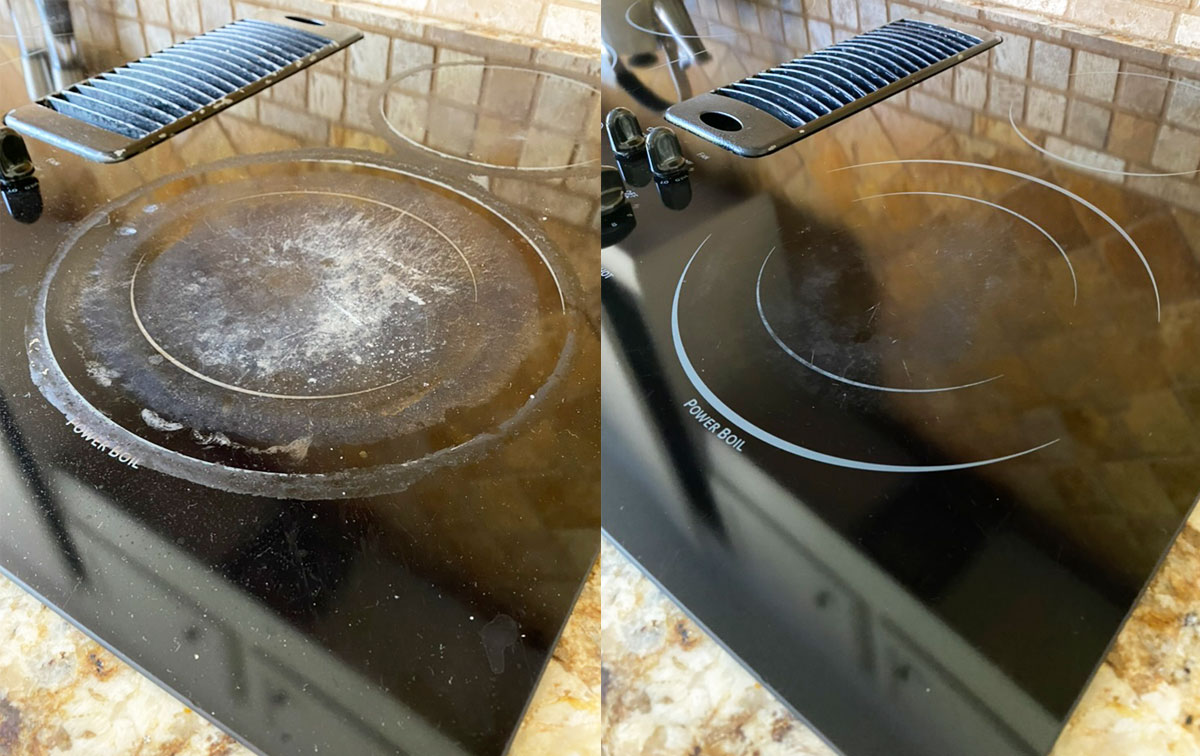
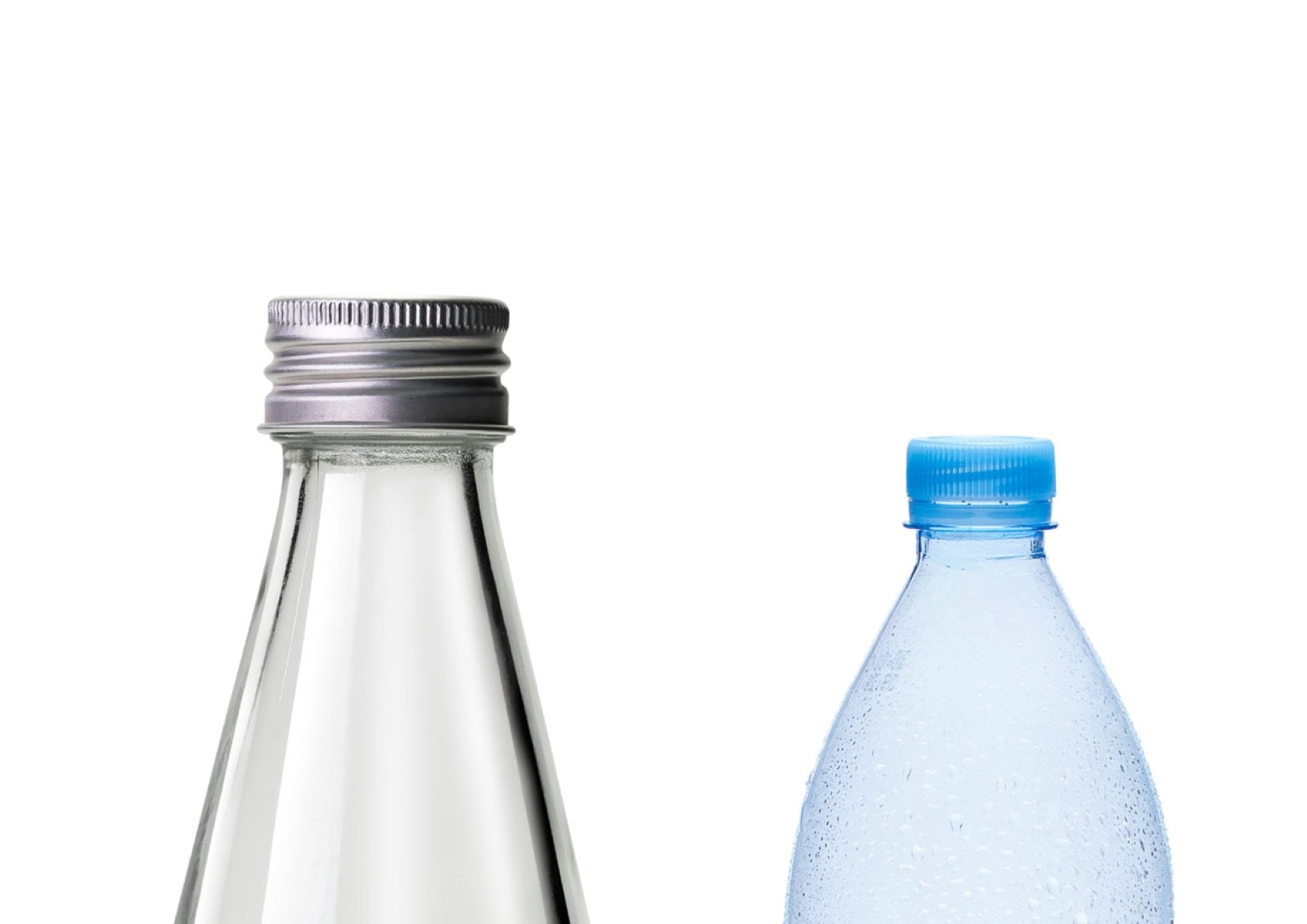
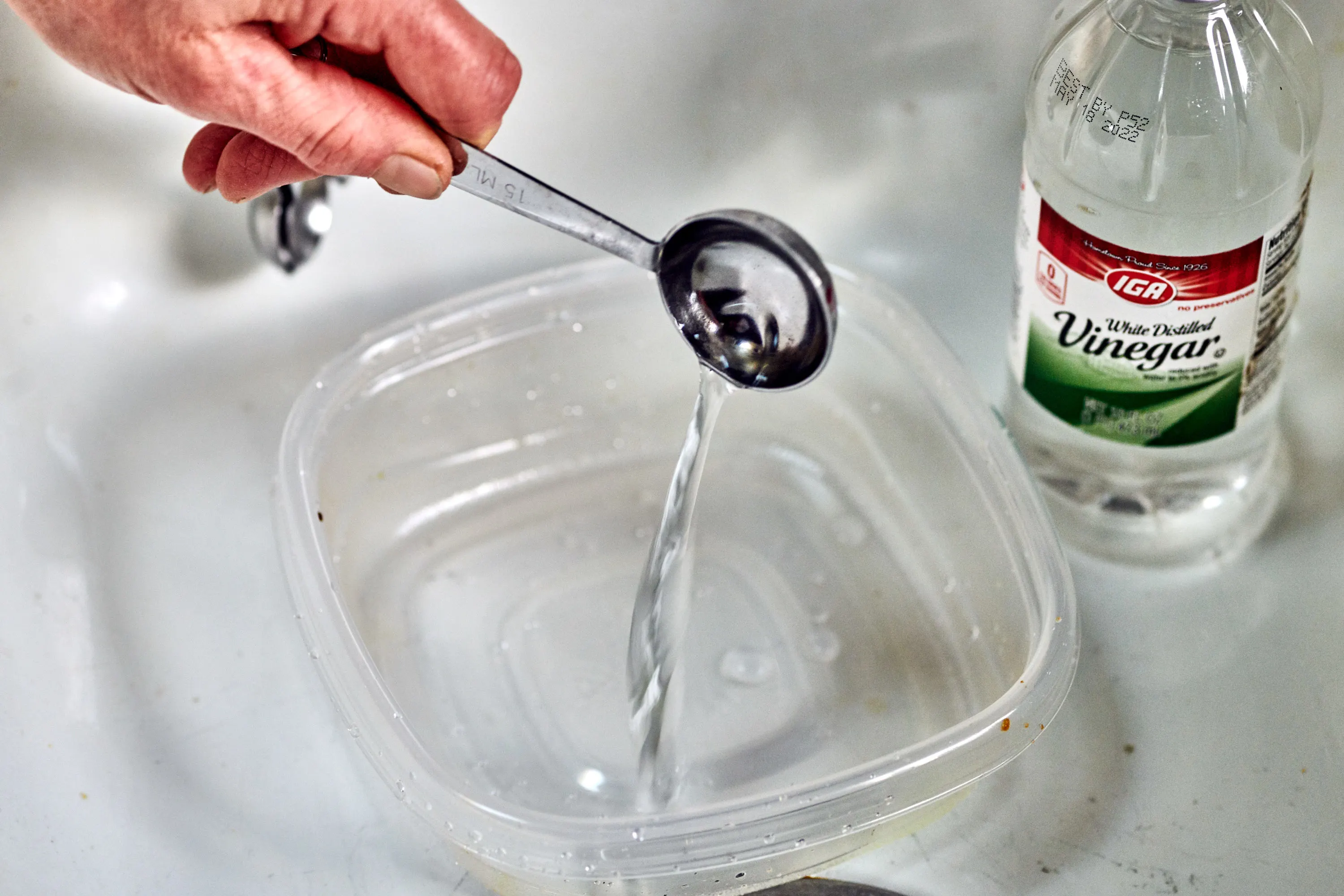
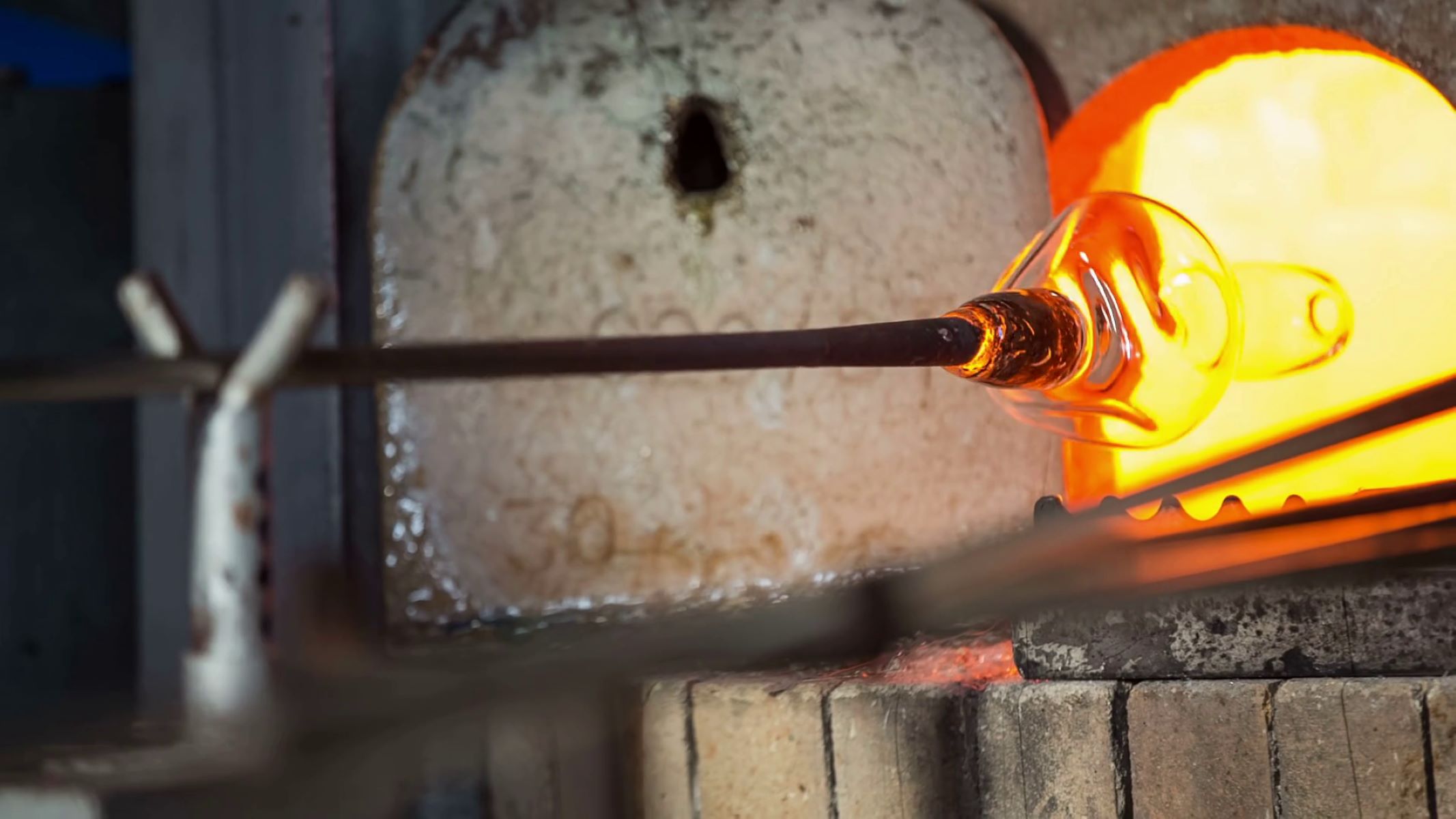
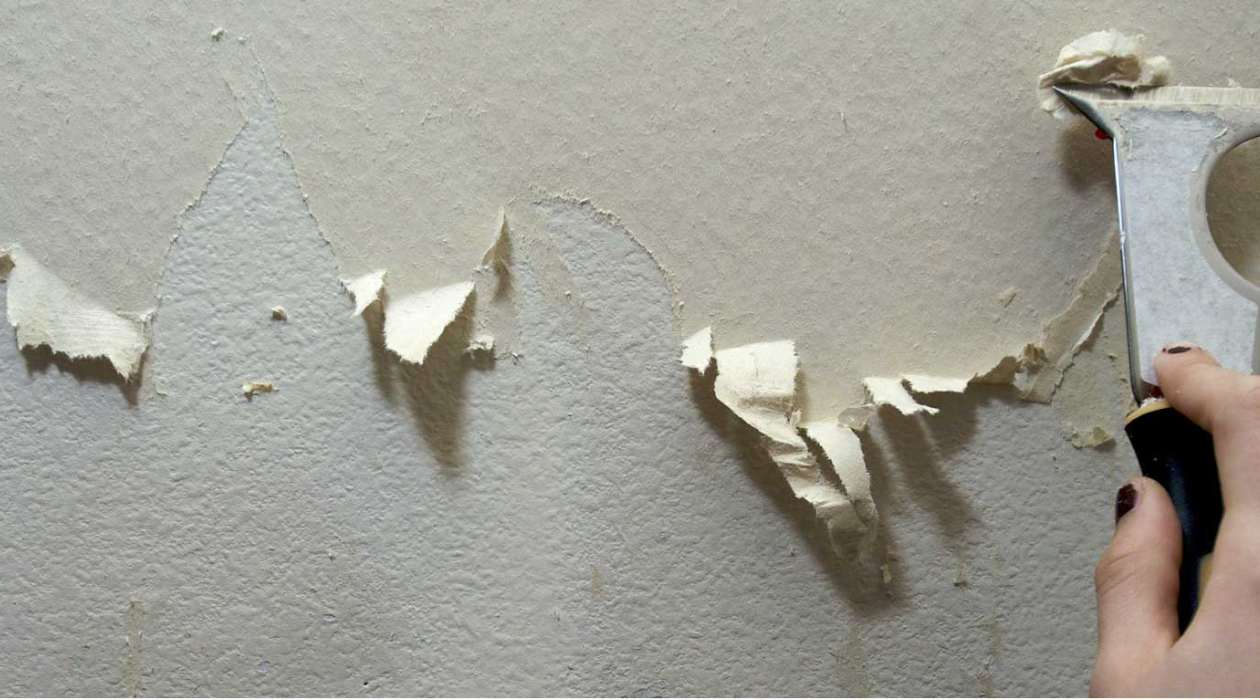
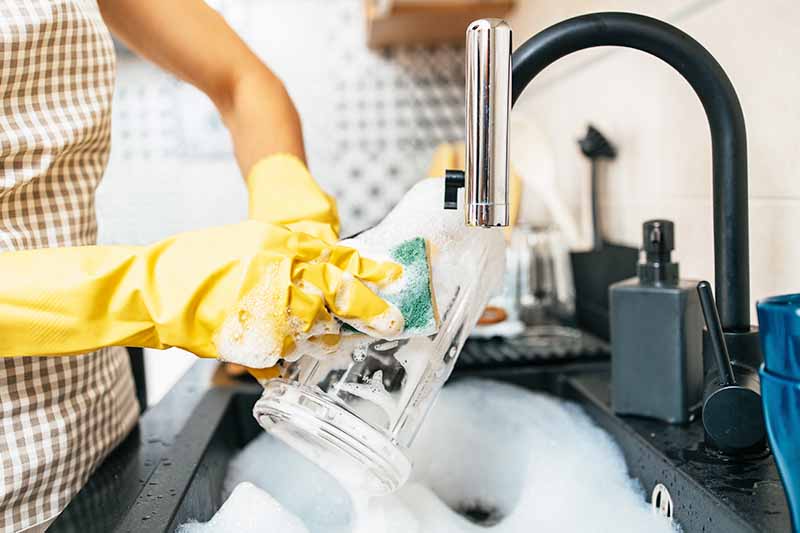
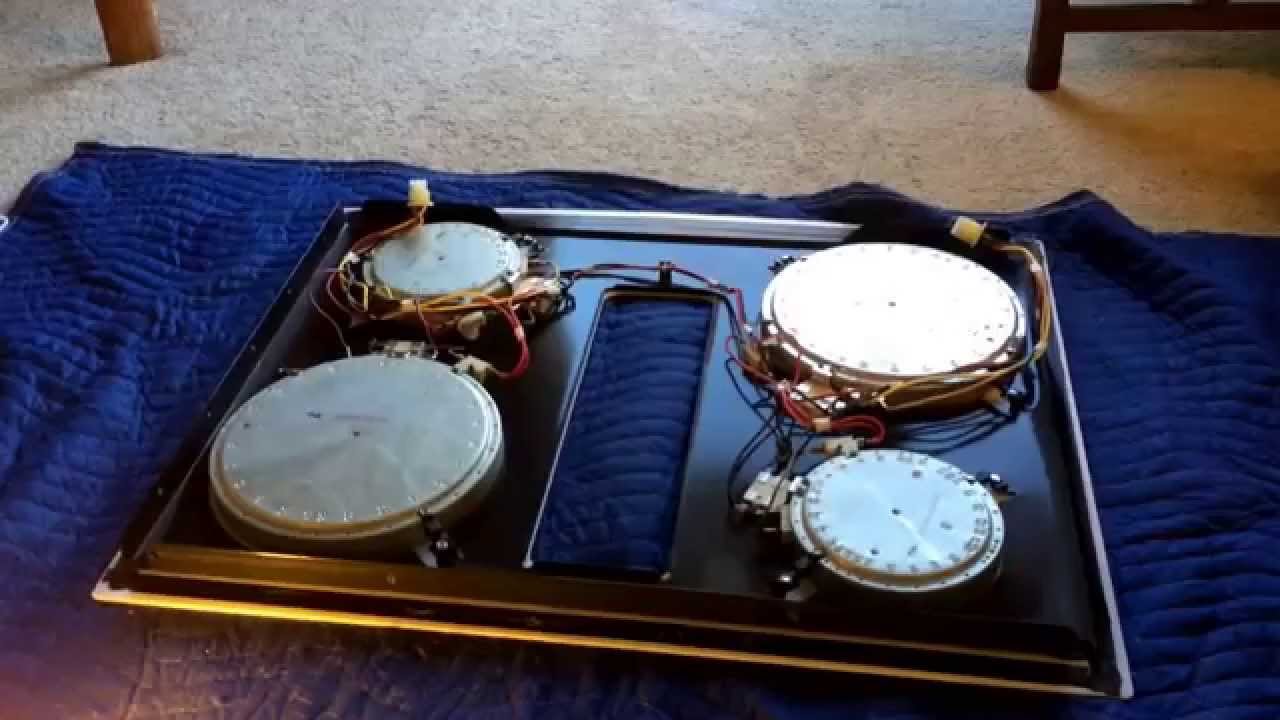

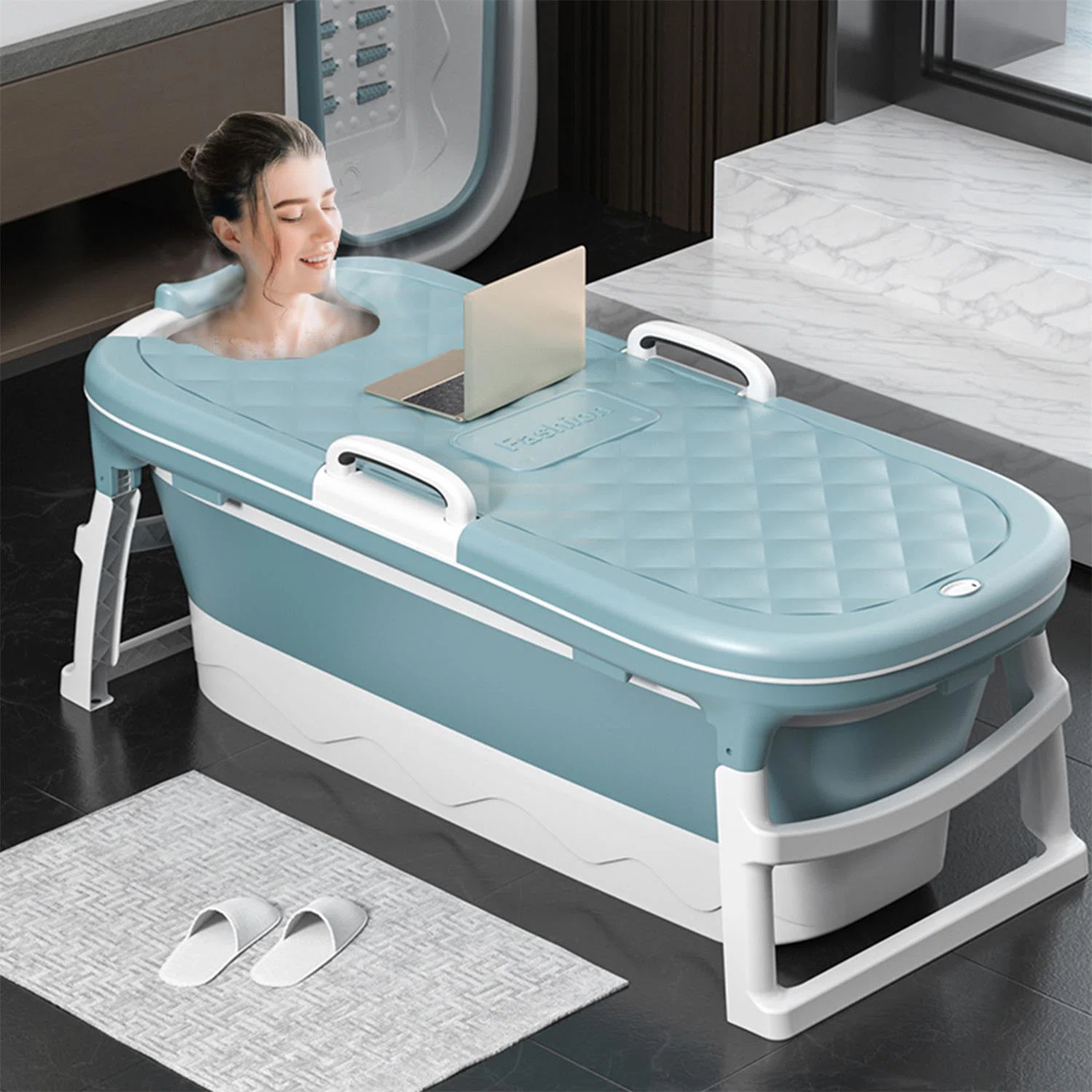
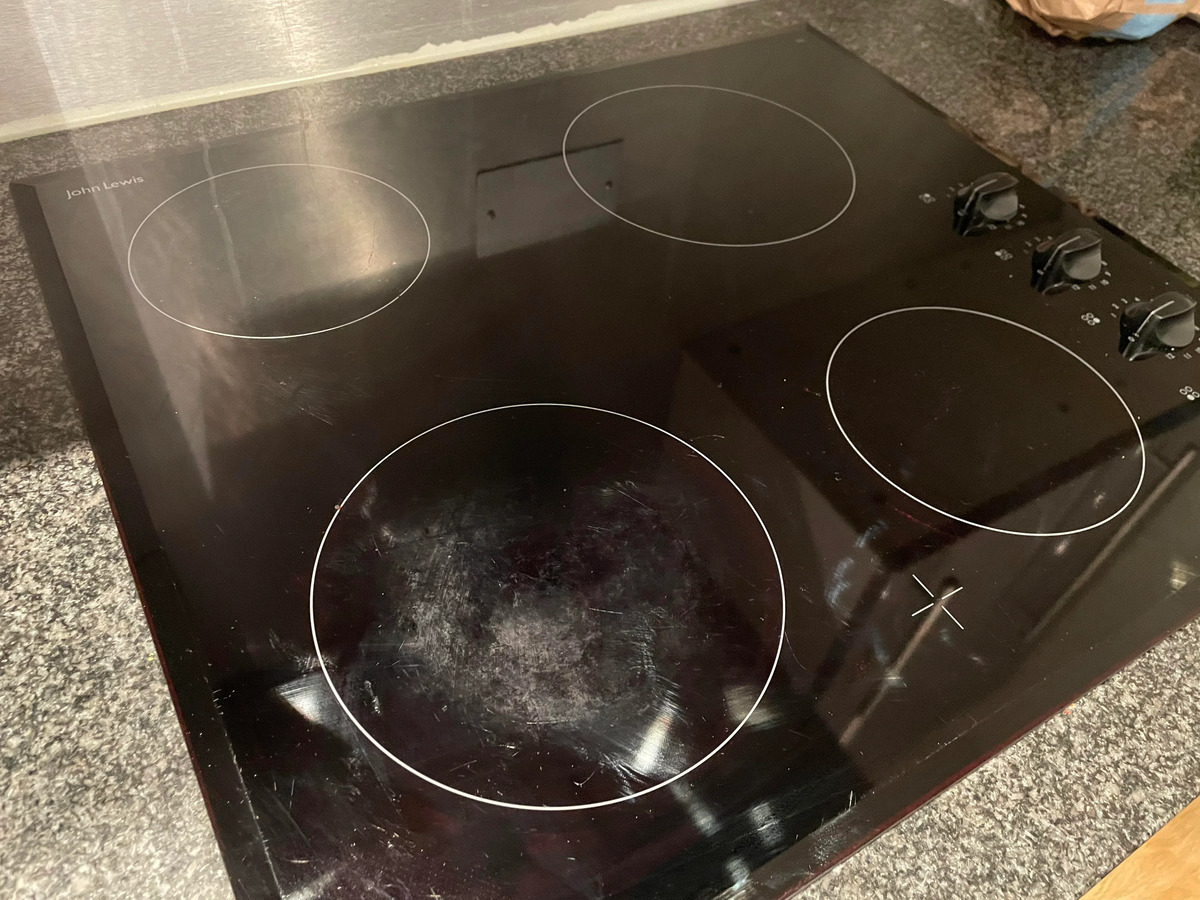

0 thoughts on “How To Remove Melted Plastic From Glass Cooktop”